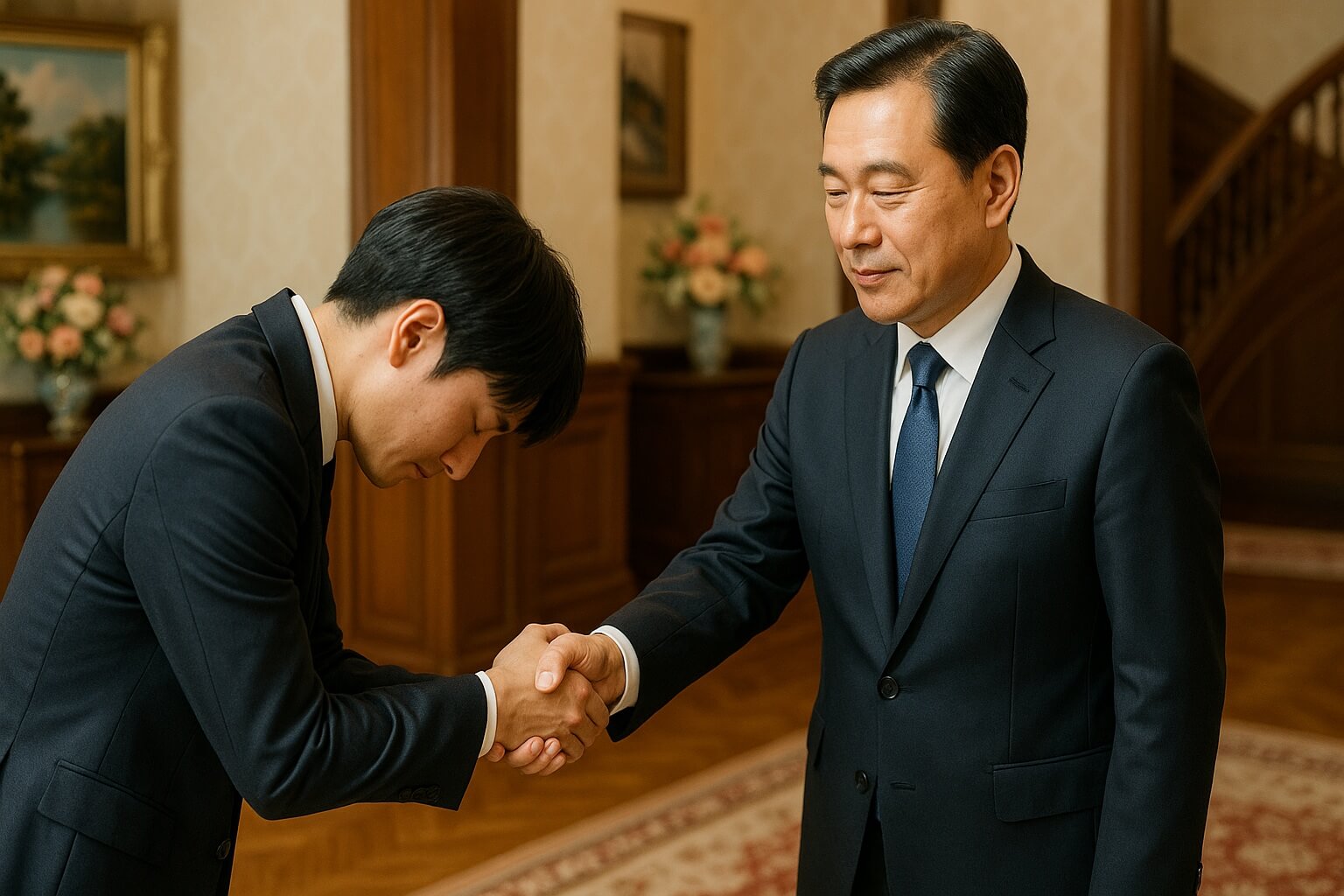
Vocabulary and grammar are just the beginning when learning Korean. One of the most challenging—and essential—elements is speech levels, specifically 존댓말 (honorific or polite speech). Misuse can make you sound rude or awkward. Master it, and you’ll earn respect and blend naturally into Korean conversations.
Here’s a clear step-by-step explanation of Korean speech levels, their functions, and when to use them.
What Are Korean Speech Levels?
Korean doesn’t just change your tone—it changes how verbs are conjugated based on whom you’re speaking to and the social context. These variations are called speech levels and relate closely to social rank, age, and situation.
Although Korean traditionally has seven speech levels, only three are commonly used in everyday life:
- Formal Polite – 합쇼체 (hapsyo-che)
- Informal Polite – 해요체 (haeyo-che)
- Informal Casual – 해체 (hae-che)
1. Formal Polite (합쇼체) – “합니다/입니다” Style
- Example: 감사합니다 (Thank you), 갑니다 (I go)
- Use it when:
- Speaking publicly (announcements, news, presentations)
- Addressing strangers formally at work
- Speaking to elders or authority figures in formal contexts
- Feels like: Wearing a business suit—very formal, respectful, and somewhat distant.
This speech level is standard for ceremonies, speeches, and formal business interactions. If you’re unsure which level to use, this is the safest choice.
2. Informal Polite (해요체) – “해요/예요” Style
- Example: 고마워요 (Thanks), 가요 (I go)
- Use it when:
- Speaking to someone older but familiar (teachers, co-workers)
- Politely greeting strangers in daily life
- Interacting with customers in casual business settings
- Feels like: Smart-casual—polite yet friendly.
This is the most versatile and frequently used speech level, suitable for almost all everyday situations.
3. Informal Casual (해체) – “해” Style
- Example: 고마워 (Thanks), 가 (Go)
- Use it when:
- Speaking with close friends
- Talking to younger people or children
- Messaging peers online
- Feels like: Jeans and a t-shirt—relaxed and friendly.
Use caution: Employing this speech level prematurely can be seen as disrespectful. Reserve it for established, comfortable relationships or situations where you clearly have seniority.
Korean Honorifics: The Backbone of Respect
Beyond speech levels, Korean also employs honorifics to show respect. These include:
- Verbs: Adding “-시-” (e.g., 가다 → 가시다)
- Nouns: Using respectful vocabulary (e.g., 집 → 댁 for “house”)
- Titles: Addressing someone by their title or status rather than their name alone (e.g., 선생님, 사장님)
Even polite speech without appropriate honorifics can appear rude, particularly toward elders or superiors.
Selecting the Proper Speech Level
| Who You’re Talking To | Speech Level to Use |
|---|---|
| Elderly person (stranger) | Formal Polite (합쇼체) |
| Teacher, supervisor | Informal Polite or Formal |
| Stranger in everyday life | Informal Polite (해요체) |
| Close friend (same age) | Informal Casual (해체) |
| Younger person, casual setting | Informal Casual or Polite |
Tip: Start more formally, then adjust based on cues from others.
Final Thoughts
Using Korean speech levels correctly isn’t about perfection—it’s about consideration. Whether at a café, in school, or with family, your speech reflects your awareness of social nuances.
Mastering these levels takes time, but once it clicks, it unlocks a richer, more respectful communication experience. Listen carefully, pay attention to context, and adjust as needed. You won’t just speak Korean—you’ll genuinely experience it.



